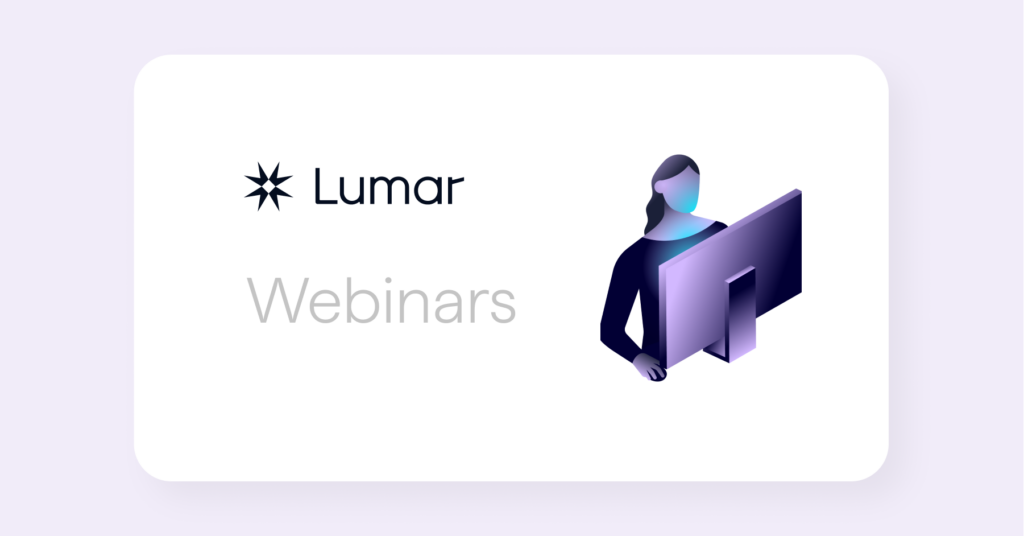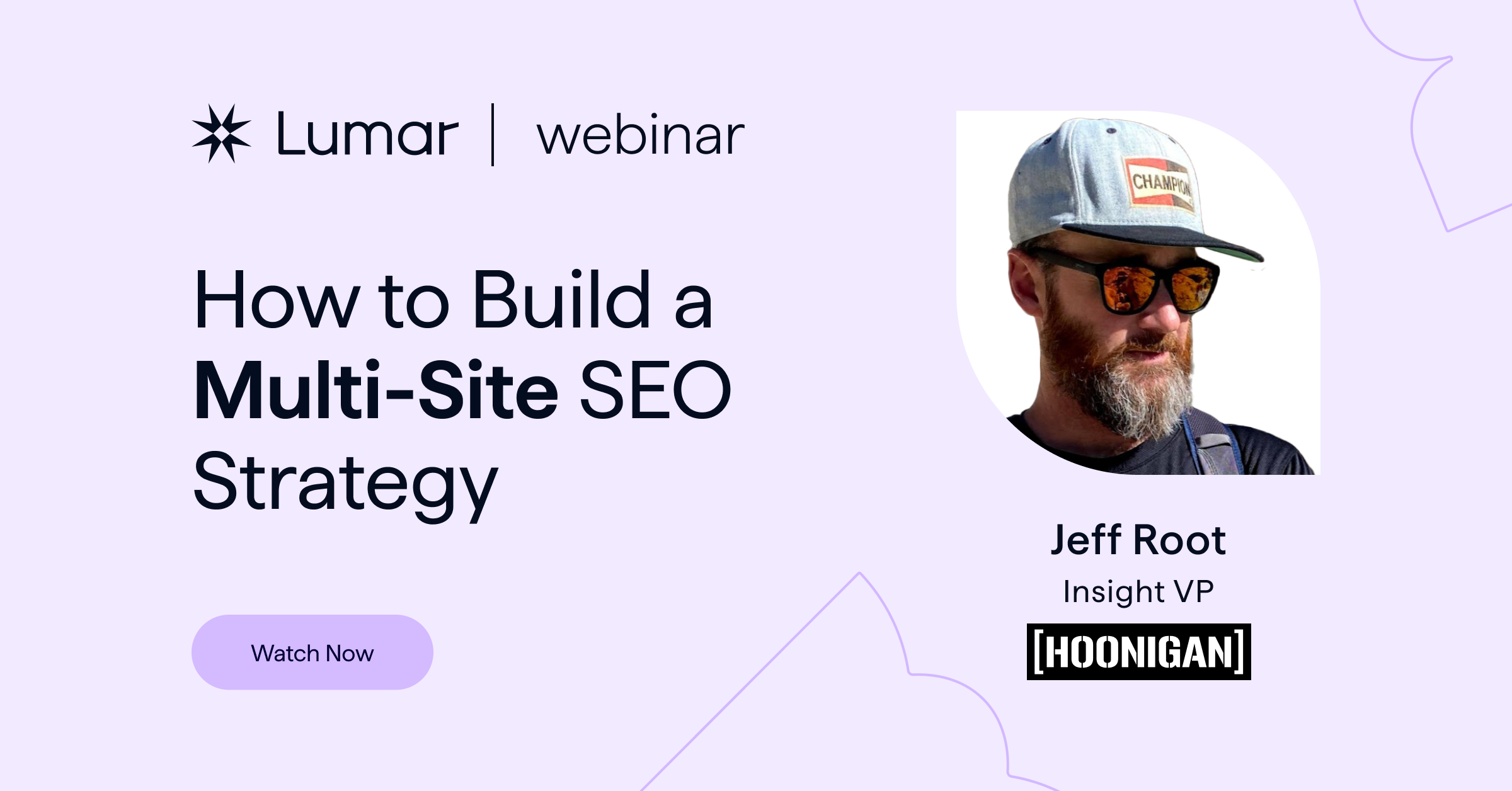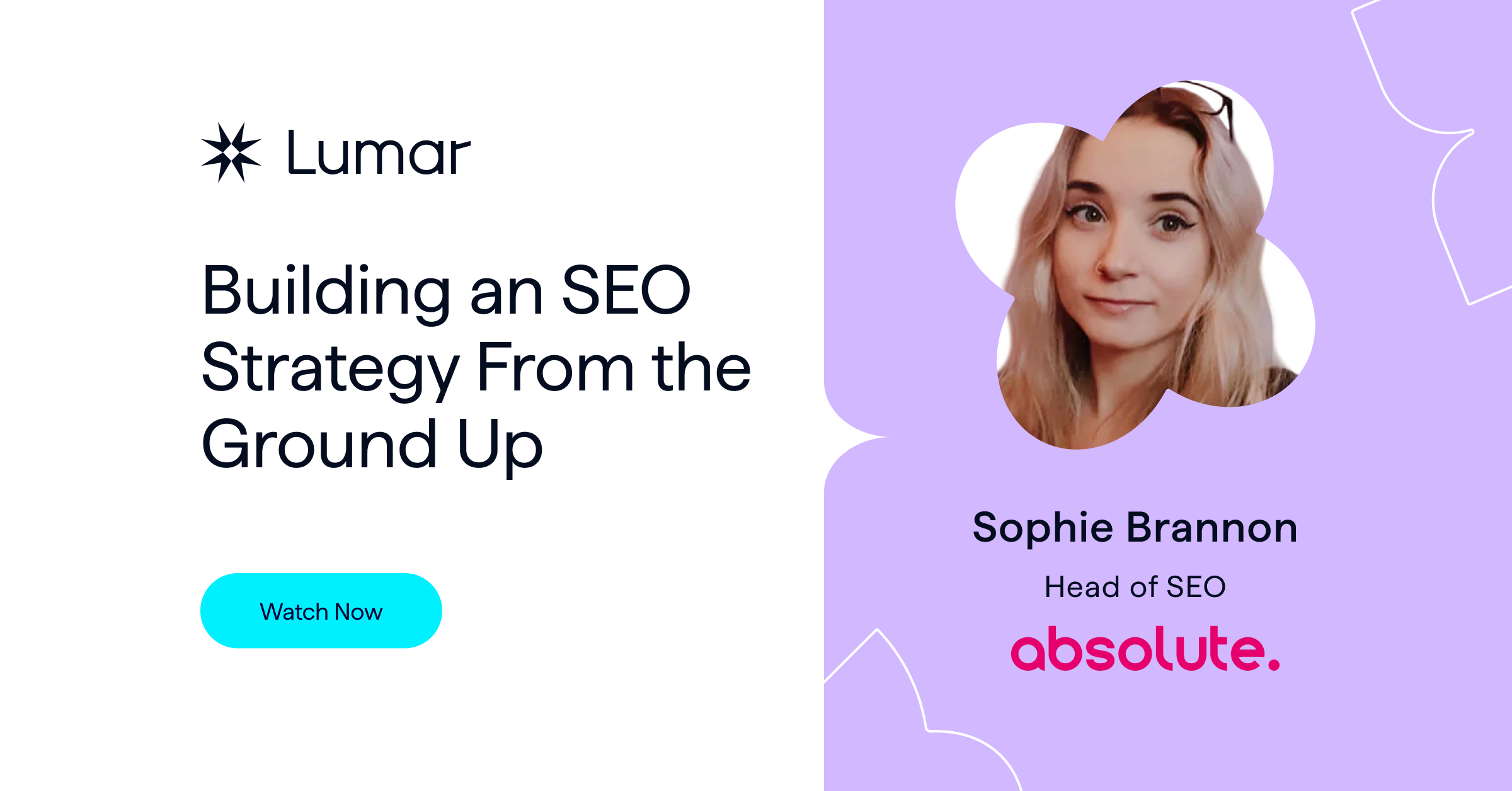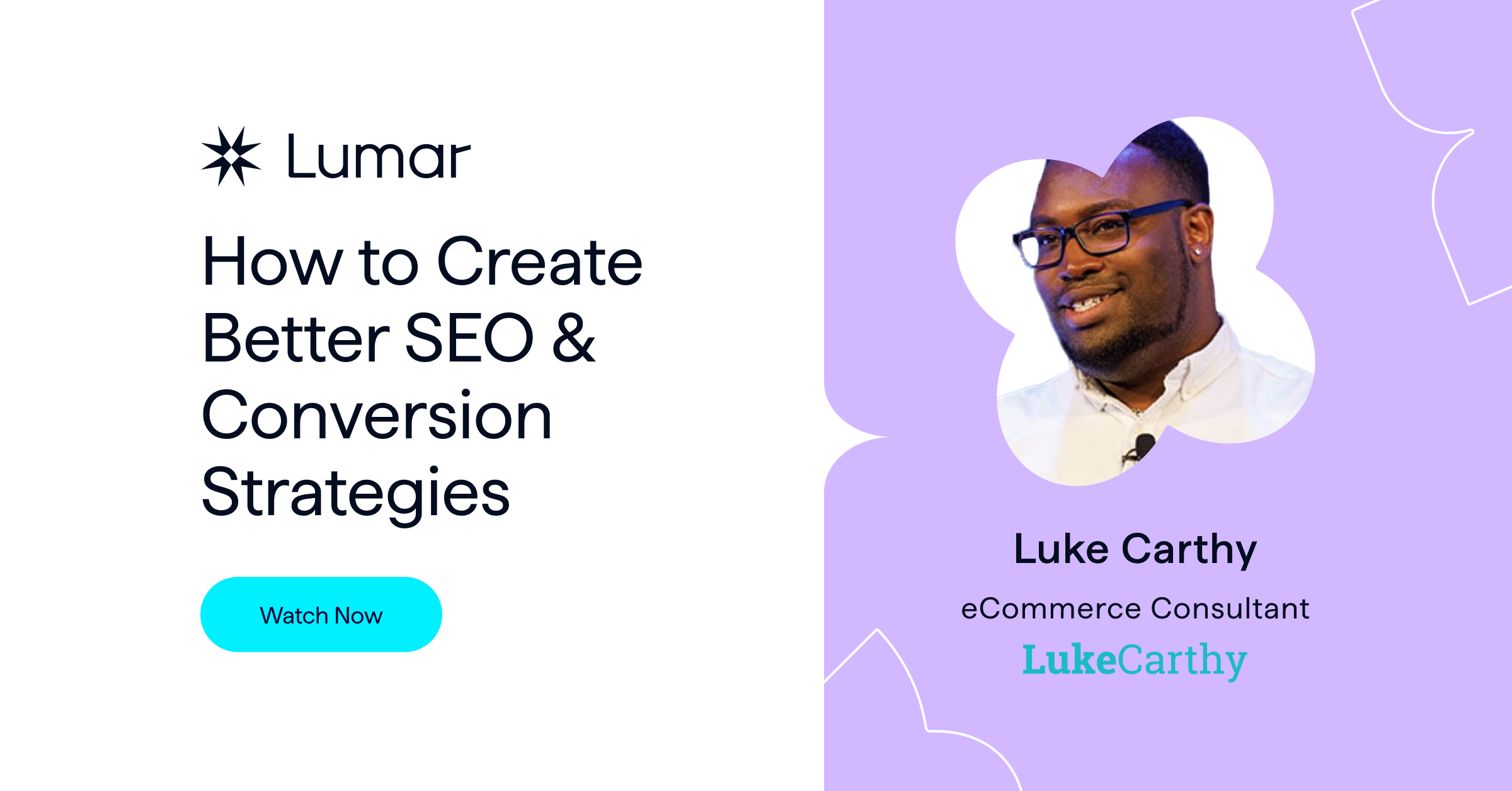Fresh off the back of his award-winning research on Edge SEO, we were delighted to host SALT.agency’s Senior Technical SEO Consultant, Dan Taylor, to discuss this approach with us in more detail.
You can watch the full recording of the webinar here:
Here are the slides that Dan presented:
The DeepCrawl team would like to say a special thank you to Dan for coming along and delivering a really insightful and thought-provoking presentation. We’d also like to thank Jon Myers for hosting, and everyone who joined the webinar live and posed Dan with interesting questions.
SEO on the Edge – Getting around technical barriers
The concept of ‘SEO on the Edge’ started after Dan encountered challenges working with enterprise-level clients who were looking to adapt old platforms and accomplish goals like expanding their international offering. Dan and his clients encountered a number of technical barriers in updating these old platforms and, as a result, they needed to find solutions to overcome them.
Why is Edge SEO needed?
Edge SEO is designed for edge cases and is not suitable for everyone. It is an alternative option when you can’t use Google Tag Manager to make SEO changes, or for instances where you can’t even get tracking implemented on a page.
Here are some of the scenarios that Dan encountered where Edge SEO can help:
- Old platforms scoped many years ago with servers that aren’t fit for purpose.
- New site builds that weren’t scoped properly.
- Congested development queues and long lead times.
- Developers who behave like gatekeepers and are unhelpful (although these are a small percentage).
- The budget isn’t there and the costs are too high to achieve the desired goals.
Why Cloudflare?
As of last week, Cloudflare was the only option for Edge SEO as they were the only provider of a serverless application, such as Cloudflare workers. Other good CDNs are out there and some of them can provide some of the same implementation methods.
Last week Dan noticed that Fastly have started to introduce something similar to Cloudflare. However, the reason why Dan has focused on Cloudflare in his posts and talks so far is because they are the only ones that have built an application that enables them to achieve Edge SEO. Hopefully, other CDNs will get onboard and build their own serverless applications in the future because this will benefit everyone.
Cloudflare worker vs. service worker
It is important to note that there is a big difference between Cloudflare workers and service workers, as these two technologies are sometimes confused. Service workers work in the browser and Cloudflare workers operate in a serverless platform using an API. The two aren’t the same in this context.
What is Edge SEO?
Edge SEO is about creating a new implementation, testing and research process. It allows you to carry out something like A/B testing if you are already on Cloudflare, without having to sign up to one of the usual vendors.
Edge SEO should be seen as another spanner in your toolkit rather than a massive replacement for existing solutions. If challenges like long development queues aren’t too bad for you, then Edge SEO probably doesn’t need to be an option as it is for outlying edge cases.
Edge SEO can be defined as follows:
By using a worker, you can modify requests between the client and the server without modifying the underlying codebase – this is what is meant by performing SEO tasks ‘on the edge’.
If you perform a server response, the origin response will still come back without the modification that’s been made. However, by intercepting the request and serving the response, you create a middle ground where you can change a great number of things.
The Birth of Sloth
In the lead up to Dan’s talk at TechSEO Boost, Dan asked his developer how easy it would be to scale this approach. SEOs generally have a limited ability to write code, so Dan wanted a solution whereby SEOs could make changes, as described below, without the need for a developer.
This is where Sloth was born. Sloth is an open source tool where you can upload CSVs and generate your own worker codes. This accessible tool aims to make it easier for SEOs to implement changes to sites that they weren’t previously able to.
What can you achieve with Edge SEO?
Here’s a list of some of the changes you can use Edge SEO to implement:
Prerendering on the edge
Dan has started testing the prerendering of JavaScript websites by using this method, by taking the cached version of a JavaScript website and prerendering and serving the cached version on the Edge. From testing, Dan has found that it works like a normal prerendering service and even reduces the cost significantly.
Updating canonical tags on the edge
Dan was working on a project last year where he was told it would be 8 months before a canonical tag could be amended. With this approach, Dan could have updated the canonical tag in a matter of days.
Implementing hreflang on the edge
Edge SEO can be a solution for implementing hreflang. Dan gave an example of a travel client he was working with who had 15 international sites but wasn’t able to implement hreflang due to platform restrictions and developer resistance.
By using workers, Dan has been able to successfully implement hreflang. Again, if you look at the origin response then you won’t see the modifications in the form of hreflang, but the browser response will show this. These changes have been validated in Google’s Mobile-friendly test, by Bing developers, by using VPNs and in third-party tools like HreflangChecker.
What are the pros and cons of Edge SEO
Dan finished his presentation by looking at some of the pros and cons of Edge SEO.
The advantages of Edge SEO are that:
- Workers are written in JavaScript
- Simple API
- Easy one-click deployment and pullback
- Next to zero dev ops required
- Cost-effective
- It can be verified and monitored using existing tools
Although Edge SEO is an exciting new approach it does come with some disadvantages:
- It has the potential to affect and impact all requests between client and server.
- There is the potential that it can add to latency and slow page load time, although Dan’s testing has shown this is only between 10ms and 50ms.
- It could potentially introduce front-end bugs that are difficult to debug.
It is important to note that Edge SEO isn’t designed to be a circumvention of traditional development practices. If a website undergoes a code freeze, this approach isn’t designed to be a way for an SEO to go rogue and update the website on the edge.
There is the possibility that agencies could update websites on the edge, without the client really knowing what is happening, but Dan argues that there are other means by which they could achieve that anyway. So Edge SEO isn’t creating a new risk as such. To minimise risks in Sloth, Dan has purposefully made parts non-user friendly, like having to enter your Cloudflare username and authentication key each time you want to run a deployment.
Find out Dan’s answers in the Q&A
The audience submitted so many questions that Dan wasn’t able to answer them all live during the webinar. Don’t worry if your question wasn’t answered though, we sent the rest to Dan to answer offline and we’ll be publishing his answers in a Q&A post shortly.
Join our next webinar on JavaScript with Google’s Martin Splitt
For our next webinar, we’re excited to announce that we will be joined by Google Developer Advocate, Martin Splitt. Martin will be answering all of your questions on how to make JavaScript performant in search. We’re very excited about this one, so make sure you register your place and get your questions to @LumarHQ on Twitter using the hashtag #AskMartinSplitt.





